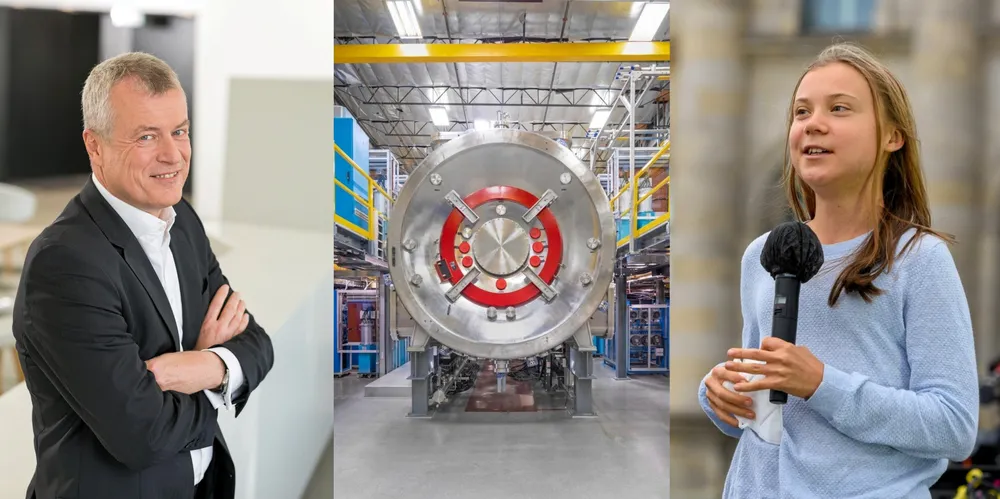Turbine troubles, project pullouts and ‘100,000 years of power’: Recharge’s best-read of 2023
A year to forget for the Western wind industry saw it buffeted by bad headlines, while happier news came through breakthroughs in energy storage and nuclear fusion
